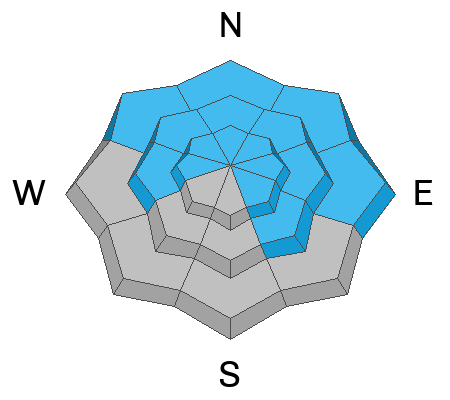Forecast for the Uintas Area Mountains

Issued by Craig Gordon on
Tuesday morning, February 27, 2024
Tuesday morning, February 27, 2024
While we slept, a storm quietly slid into the region, bumping the avy danger up a notch-
At and above treeline you'll find CONSIDERABLE avalanche danger. Human triggered avalanches are LIKELY around the dial, especially in the wind-zone where you'll encounter fresh drifts reactive to our additional weight. Becoming more the exception than the rule, we can still trigger a deep, dangerous slide that breaks to the ground in steep, rocky terrain facing the north half of the compass.
Storm snow and fresh drifts dot the lower elevation landscape where you'll find MODERATE avalanche danger. Human triggered avalanches are possible on steep, wind drifted slopes.
Here's your exit strategy-
Not feelin' it today? Well then, you came to the right place, cause the Uintas offer tons of mellow terrain less than 30 degrees in steepness where you'll find LOW avalanche danger with human triggered avalanches UNLIKELY.

Low
Moderate
Considerable
High
Extreme
Learn how to read the forecast here














